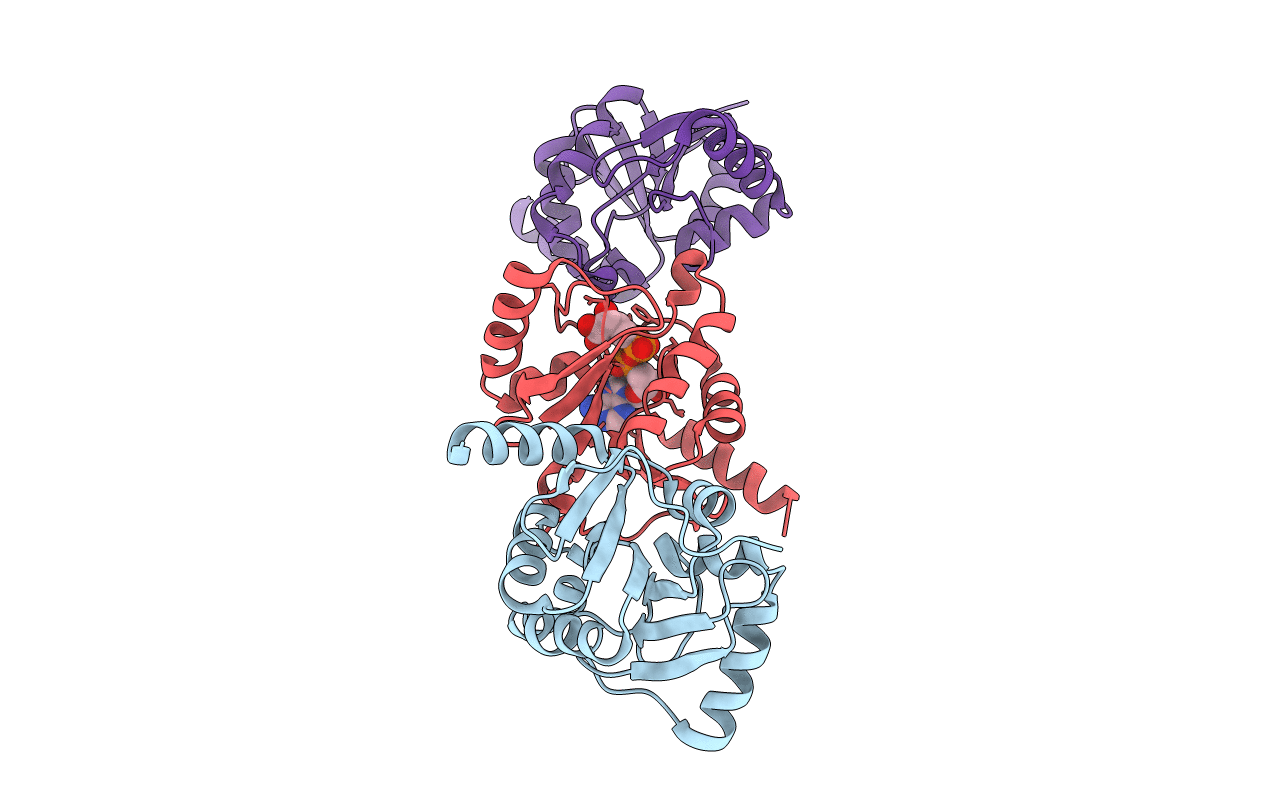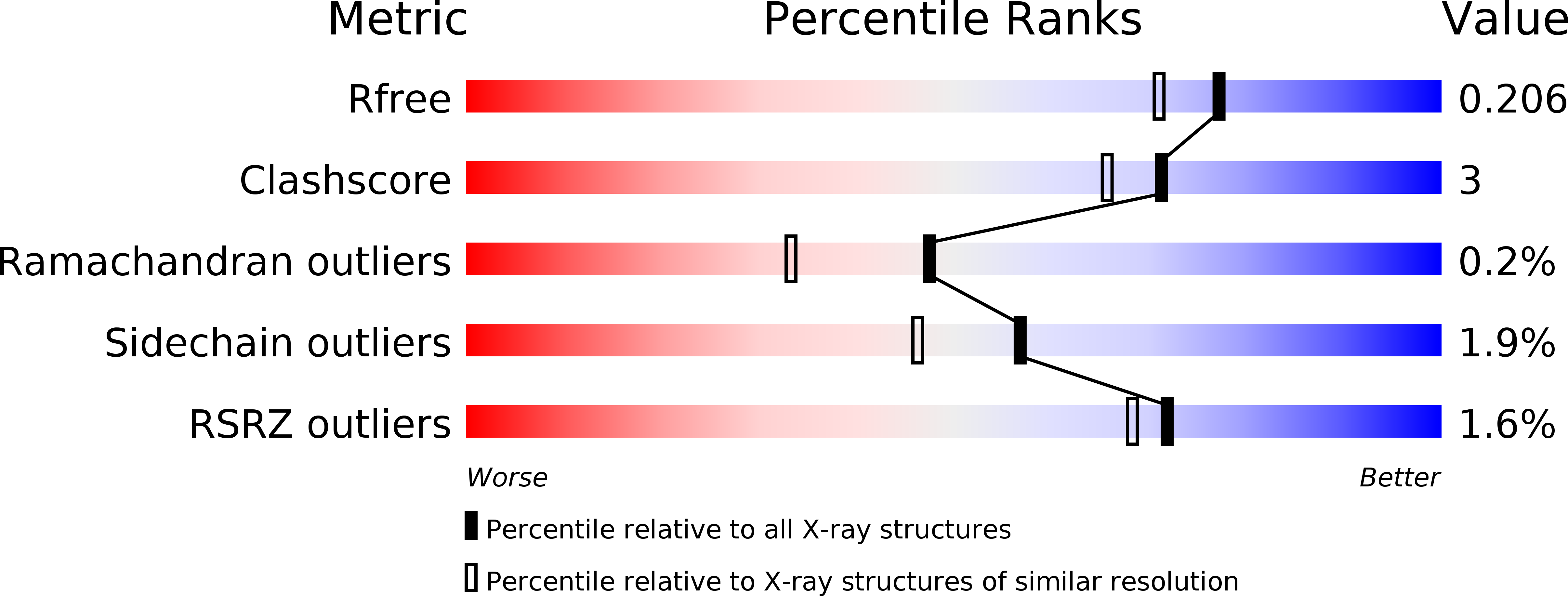
Deposition Date
2005-12-08
Release Date
2006-10-10
Last Version Date
2024-11-13
Entry Detail
PDB ID:
2FAV
Keywords:
Title:
Crystal structure of SARS macro domain in complex with ADP-ribose at 1.8 A resolution
Biological Source:
Source Organism:
SARS coronavirus (Taxon ID: 227859)
Host Organism:
Method Details:
Experimental Method:
Resolution:
1.80 Å
R-Value Free:
0.20
R-Value Work:
0.16
R-Value Observed:
0.16
Space Group:
P 1 21 1


